13 Wild Animals in Togo [Wildlife in Togo]
Want to know more about the wildlife in Togo?
Discover 13 wild animals in Togo in this post, as well as interesting facts about them. 🇹🇬
TABLE OF CONTENTS [show]
Learn All About Togolese Animals
Ready to learn all about Togolese animals?
I’ve always been fascinated by animals and by how they can be so different from one country to another. In this guide, we’ll focus on the many animals Togo has on the land, in the sky, and underwater.
I’ve split the guide into 4 categories:
- Native animals from Togo
- Endangered animals of Togo
- What is Togo national animal?
- How many animals native to Togo?
Let’s dive in right away with our first category!
Native Animals from Togo
Togo is a small African country located in the western part of the continent, north of the Gulf of Guinea and the Atlantic Ocean. It is one of the smallest countries in all of Africa, one of the narrowest countries in the world (with a width of less than 115 km / 71 mi), heavily depends on agriculture for its economy, and used to be a French colony. It is bordered by Burkina Faso, Benin, and Ghana, and its capital and largest city is Lomé, which counts more than 837,000 inhabitants (but more than 1,477,000 if you include the metropolitan area).
An interesting part of the country that I wanted to tackle is its wildlife. In light of that, I have listed the best of it, and I hope you will love learning what animals live in Togo.
Here’s the Togo animals list.
1. Roan antelope
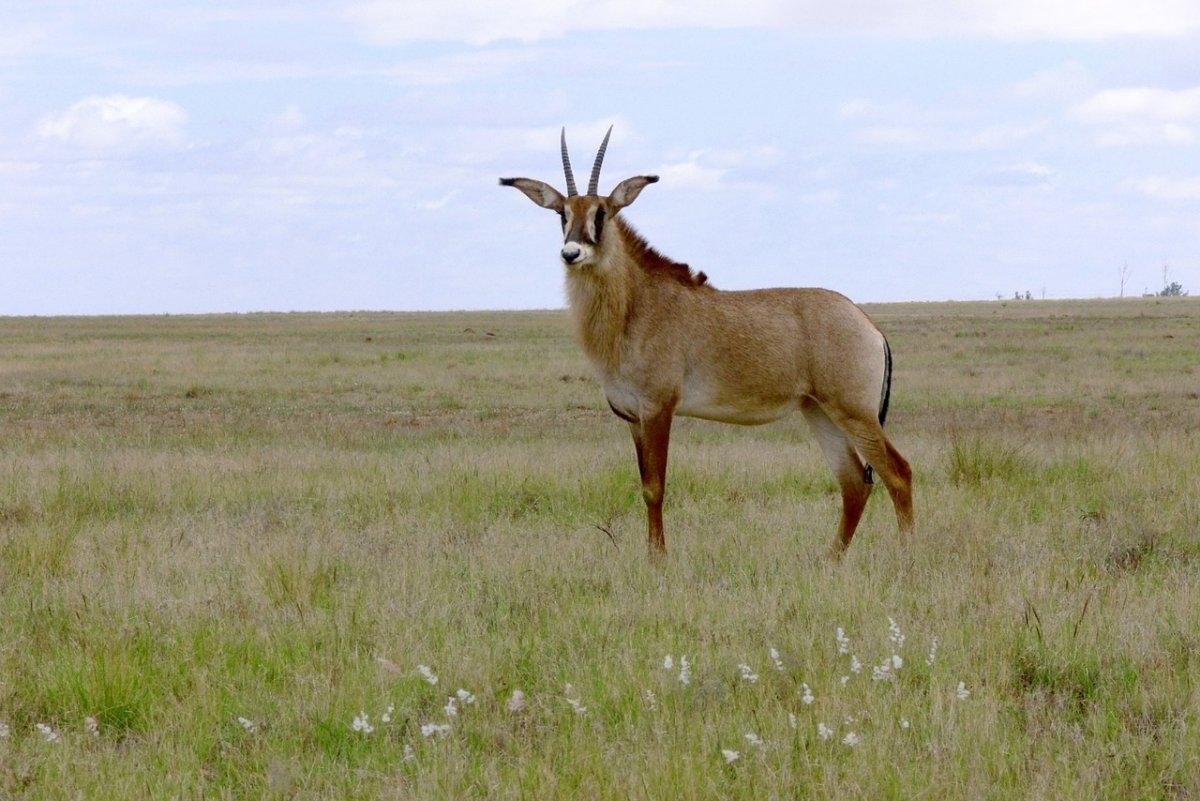
- Name: Roan antelope
- Scientific name: Hippotragus equinus
- Conservation status:
The roan antelope is a species of antelope native to western, central, and southern Africa. It lives in the savannas of sub-Saharan Africa and is one of the largest species of antelope in the world, only rivaled by the bongo, the greater kudu, and the eland.
This antelope lives in groups of 5 to 15 individuals with a dominant male. Members of the group often fight against each other for dominance of the herd, showing their horns while being on their knees.
2. African manatee
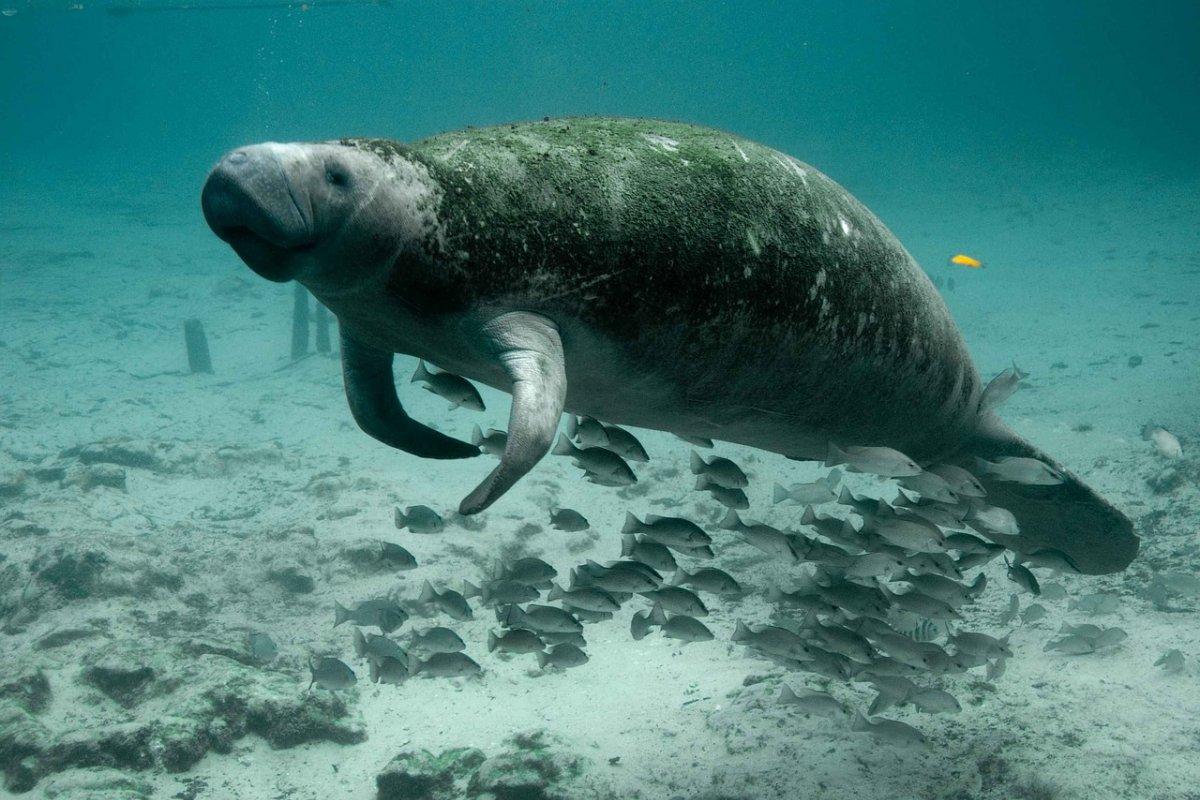
- Name: African manatee
- Scientific name: Trichechus senegalensis
- Conservation status:
The African manatee, also known as the West African manatee, is a species of manatee native to the western coastline and inland waterways of Africa, from Senegal to Angola. It is the only species of manatee found in the Old World.
This large marine mammal has been found as far as 75 km / 47 mi offshore, usually in mangrove creeks and shallow coastal flats. Although classified as a herbivore, it occasionally feeds on mollusks, clams, and fish found in nets.
3. Martial eagle
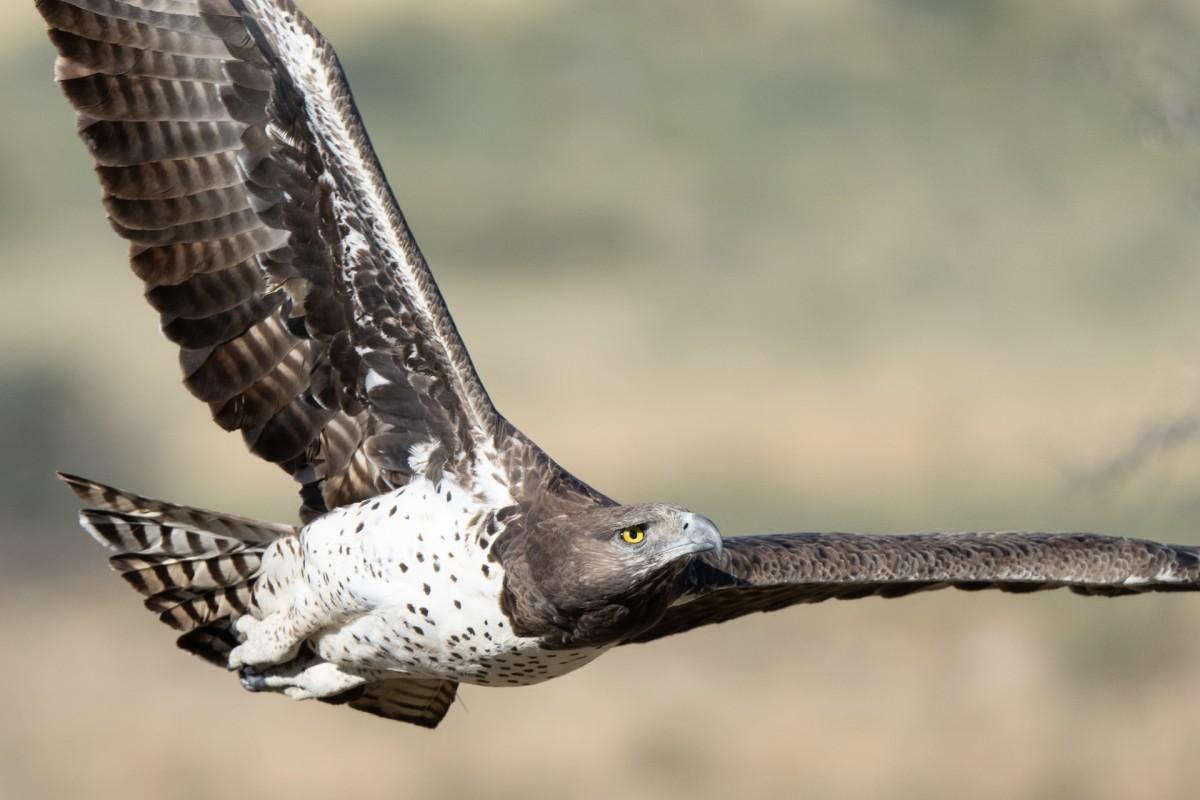
- Name: Martial eagle
- Scientific name: Polemaetus bellicosus
- Conservation status:
The martial eagle is a large species of eagle native to sub-Saharan Africa. It is particularly attracted to the thorny trees of the open savannas of Togo, and feeds on mammals, reptiles, and birds, depending on availability.
This eagle is often eliminated by local farmers and game wardens due to its habit of attacking livestock and being a valued game bird, making it one of the most persecuted birds in the world.
4. West African slender-snouted crocodile
- Name: West African slender-snouted crocodile
- Scientific name: Mecistops cataphractus
- Conservation status:
The West African slender-snouted crocodile is a species of crocodile native to western and central Africa. It is one of five species of the crocodile on the continent, and is listed as critically endangered and is extirpated from several countries; in others, it is extremely rare, but the reasons for this decline are not quite clear.
As its name implies, the West African slender-snouted crocodile has a very long, slender snout, ideal to catch fish, its main prey.
5. Tantalus monkey
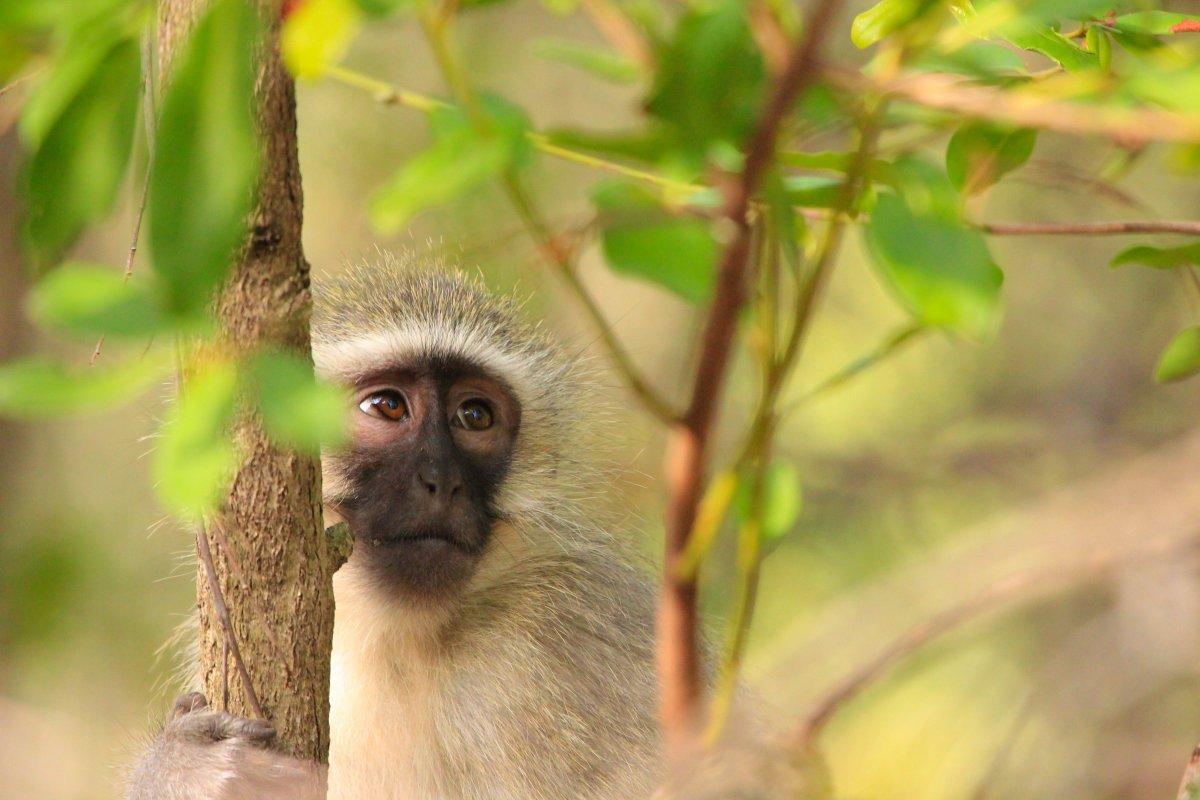
- Name: Tantalus monkey
- Scientific name: Chlorocebus tantalus
- Conservation status:
The tantalus monkey is a medium-sized species of Old World monkey native to Central and West Africa, from Sudan to Ghana. It inhabits the tropical areas of Togo, but can also adapt to forest grassland, riverside forest, urban locations, and open woodland.
This monkey lives in large troops of about 30 individuals, with up to 10 males and 18 females, as well as their offspring. There is a strict social hierarchy within the group, and together, they maintain a territory.
6. African forest elephant
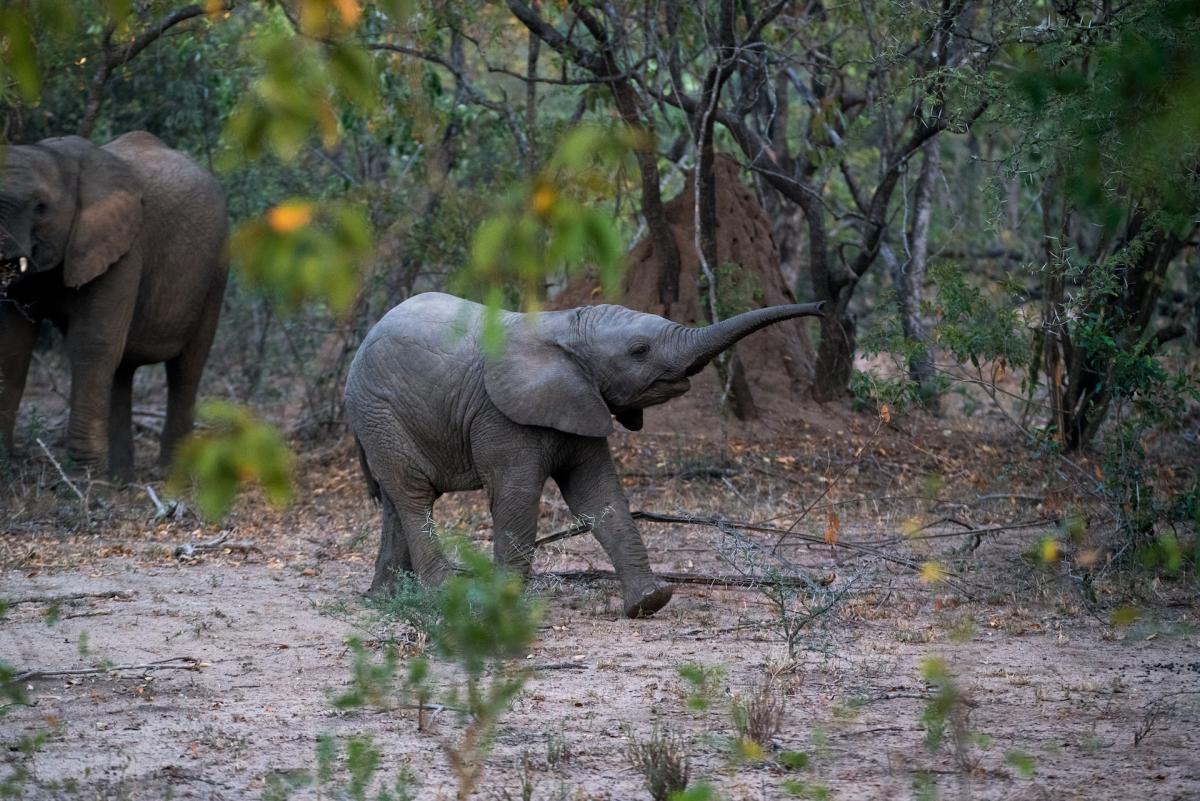
- Name: African forest elephant
- Scientific name: Loxodonta cyclotis
- Conservation status:
The African forest elephant is the smallest of the two African elephant species. It can be found in the humid forests of West Africa and the Congo Basin, and in Togo (but also anywhere else), its populations have reached critically low numbers.
Between 2013 and 2014, 4,555 kg / 10,042 lb of elephant tusks were confiscated in Togo, which goes to show how heavily poached this species is.
7. African wild dog
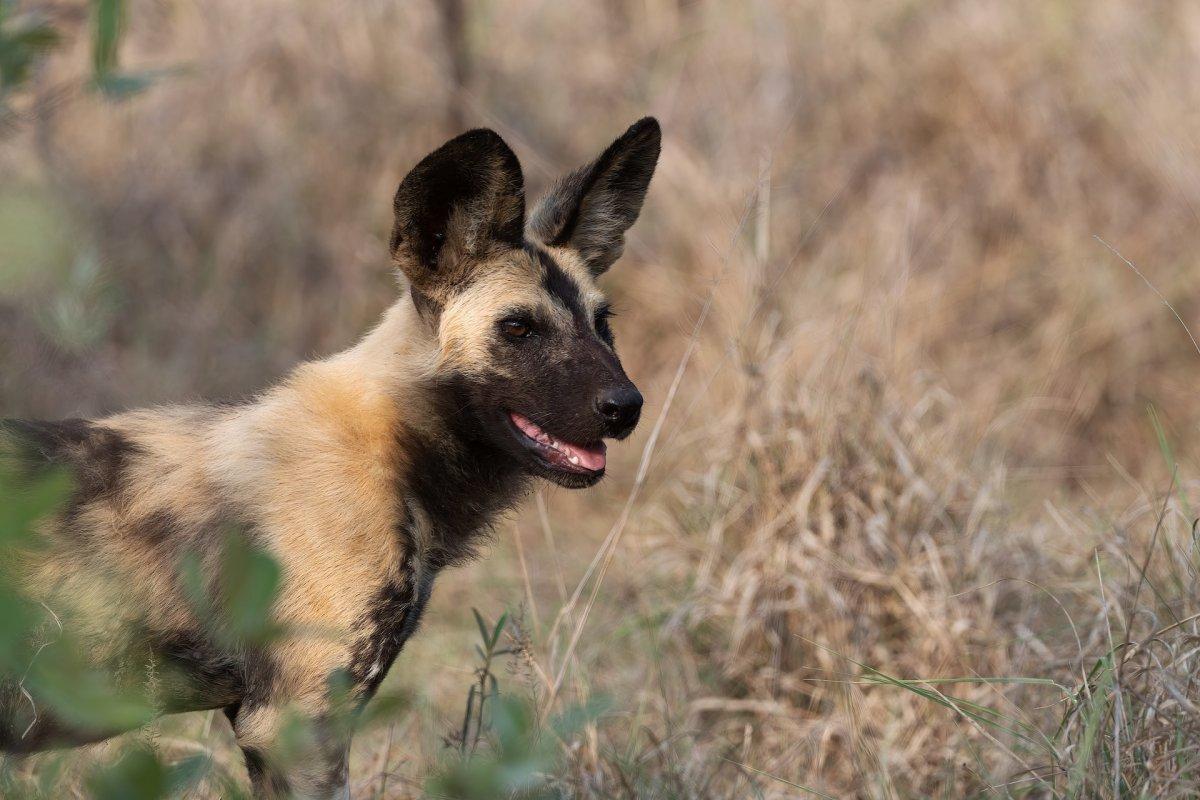
- Name: African wild dog
- Scientific name: Lycaon pictus
- Conservation status:
The African wild dog, also known as the African hunting dog or the African painted dog, is a species of wild canine native to sub-Saharan Africa. Its Togolese population is very small (and might be already extinct), but it can be found in other countries such as Kenya, Tanzania, and Namibia.
This canid is probably present in Fazao Malfakassa National Park and might be hiding in caves around Mazala, Kbidi, and Kenya.
8. King colobus
- Name: King colobus
- Scientific name: Colobus polykomos
- Conservation status:
The king colobus, also known as the western black-and-white colobus, is another animal native to western Africa that might have already disappeared from Togo; if not, its population in the country is extremely small.
This primate is arboreal and lives in groups of 3 to 4 females and 1 to 3 males with their offspring. It inhabits montane tropical and lowland rainforests, and feeds on arboreal leaves, as well as flowers and fruit, depending on the season.
9. Striped ground squirrel
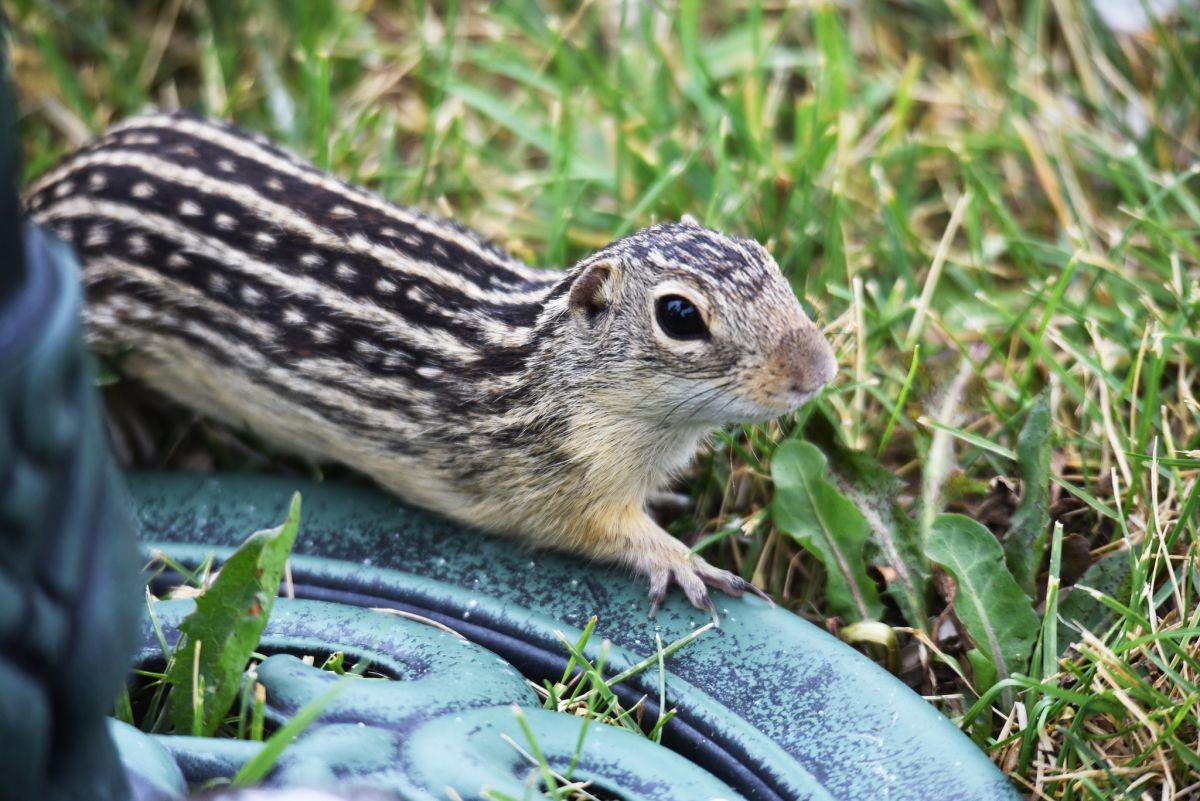
- Name: Striped ground squirrel
- Scientific name: Euxerus erythropus
- Conservation status:
The striped ground squirrel is a species of squirrel native to Africa. It is either solitary or lives in pairs, and usually hides in a simple burrow with a central nest.
When it comes to feeding, the striped ground squirrel forages on the ground for seeds, roots, and nuts, and hides excess food under stones. In Togo, it can be found in Kéran National Park.
10. Red-flanked duiker
- Name: Red-flanked duiker
- Scientific name: Cephalophus rufilatus
- Conservation status:
The red-flanked duiker is a small species of antelope native to central and western Africa, from Sudan to Senegal. It feeds on leaves, seeds, flowers, and fallen fruits, and inhabits the lightly wooded and savanna habitats of Togo.
This antelope can live for up to 15 years in captivity and is both solitary and territorial. It is most active right after dusk and in the early morning and constantly stays alert due to potential predators.
11. Yellow-casqued hornbill
- Name: Yellow-casqued hornbill
- Scientific name: Ceratogymna elata
- Conservation status:
The yellow-casqued hornbill, also known as the yellow-casqued wattled hornbill, is a species of hornbill native to the rainforests of the coastal regions of West Africa, in countries such as Togo or the Ivory Coast.
One of the main predators of this hornbill is the crowned hawk-eagle. Interestingly enough, if the hornbill detects the presence of the eagle, it approaches it and emits loud calls, which usually scares the eagle away. Why? Because the bird of prey solely relies on surprise to make a catch!
12. Green sea turtle
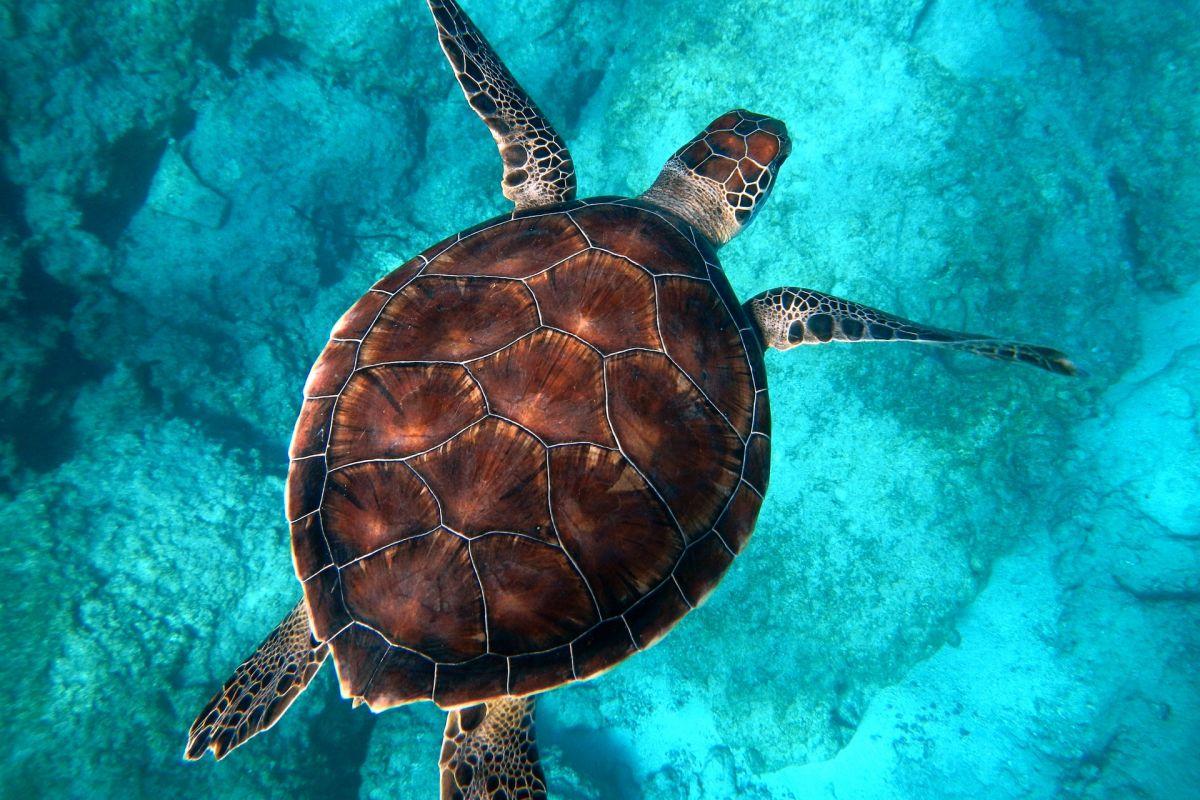
- Name: Green sea turtle
- Scientific name: Chelonia mydas
- Conservation status:
The green sea turtle, also known as the black turtle, the green turtle, or the Pacific green turtle, is a large species of sea turtle native to the subtropical and tropical seas around the world, with distinct populations in the Atlantic and the Pacific Oceans.
It is a visitor of Togo’s beaches, and it migrates long distances between feeding grounds and hatching beaches. Sadly, the green sea turtle is listed as endangered because of human activities such as hunting, pollution, fishing accidents, and habitat loss.
13. Hippopotamus
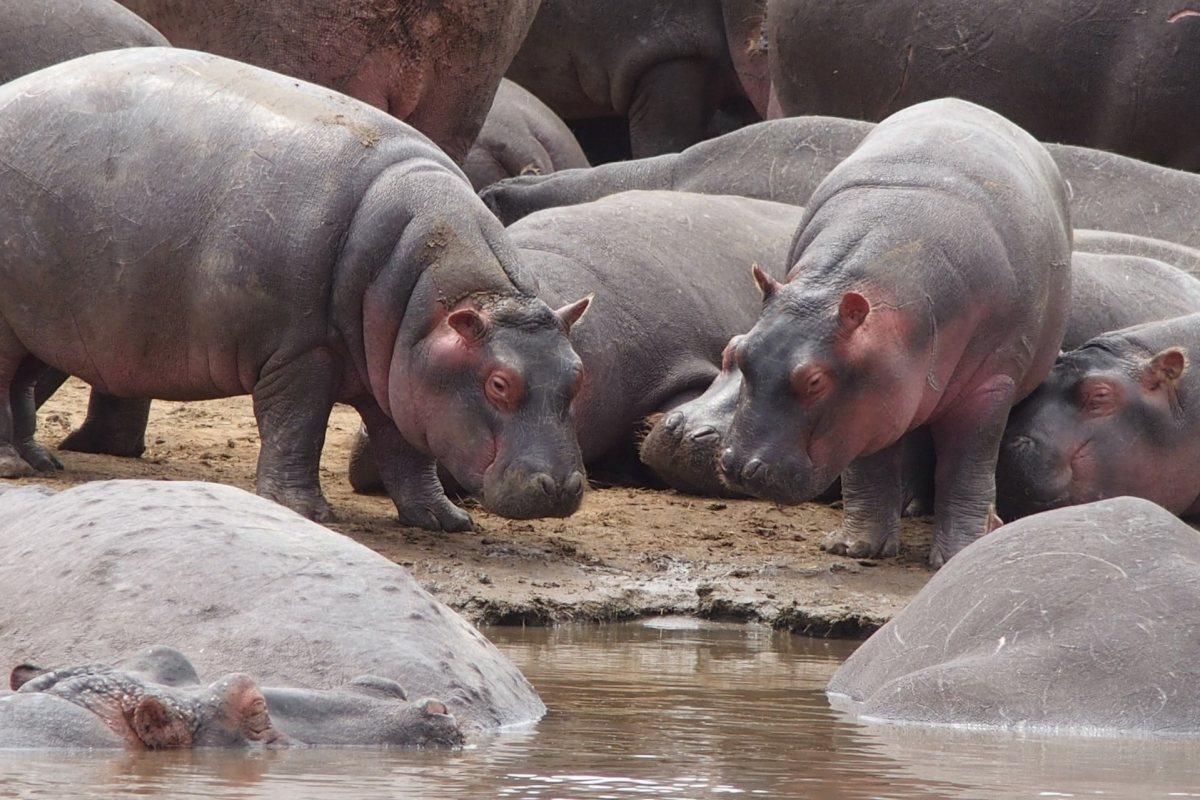
- Name: Hippopotamus
- Scientific name: Hippopotamus amphibius
- Conservation status:
The hippopotamus, also known as the common hippopotamus, the river hippopotamus, or simply the hippo, is a large species of semi-aquatic mammal native to sub-Saharan Africa. It is renowned for its unpredictable behavior and aggressivity, making it one of the deadliest animals in all of Africa, and even in the world!
This ungulate lives in the mangrove swamps, rivers, and lakes of Togo, and can run as fast as 30 km/h / 19 mph despite its considerable bulk.
—
So there you have them, these were my 13 wild animals in Togo. I hope you enjoyed this list and that you learned something new today.
In case you want to learn more about Togo wildlife, feel free to keep reading, as I still have lots of things to tell you about:
Endangered Animals of Togo
This is definitely the saddest part of the list, but it is very important to raise awareness. Because of this, let’s go through the list of endangered animals in Togo.
Here are the animals in danger of extinction in Togo.
- None
- Togo slippery frog
- Black rhino
- Sand tiger shark
- Home’s hinge-back tortoise
- Slender-snouted crocodile
- and 25 more…
- Giant manta ray
- White-bellied pangolin
- Gray parrot
- Chimpanzee
- African spurred tortoise
- and 35 more…
To see the full list of endangered species in Togo, head over to the International Union for Conservation of Nature’s Red List.
What is the National Animal of Togo?
The national animal of Togo is the African lion.
I don’t think anyone will be surprised to know that the lion is one of the major emblems in Africa, and a strong symbol of power, freedom, and dignity.
Although Togo chose the African lion to embody its spirit, there are none of these animals left in the wilderness of the country: the Oti-Mandouri National Park was created to protect the African lion, but poaching was too heavy and protection wasn’t strong enough, leading in the local extinction of this strong emblem.
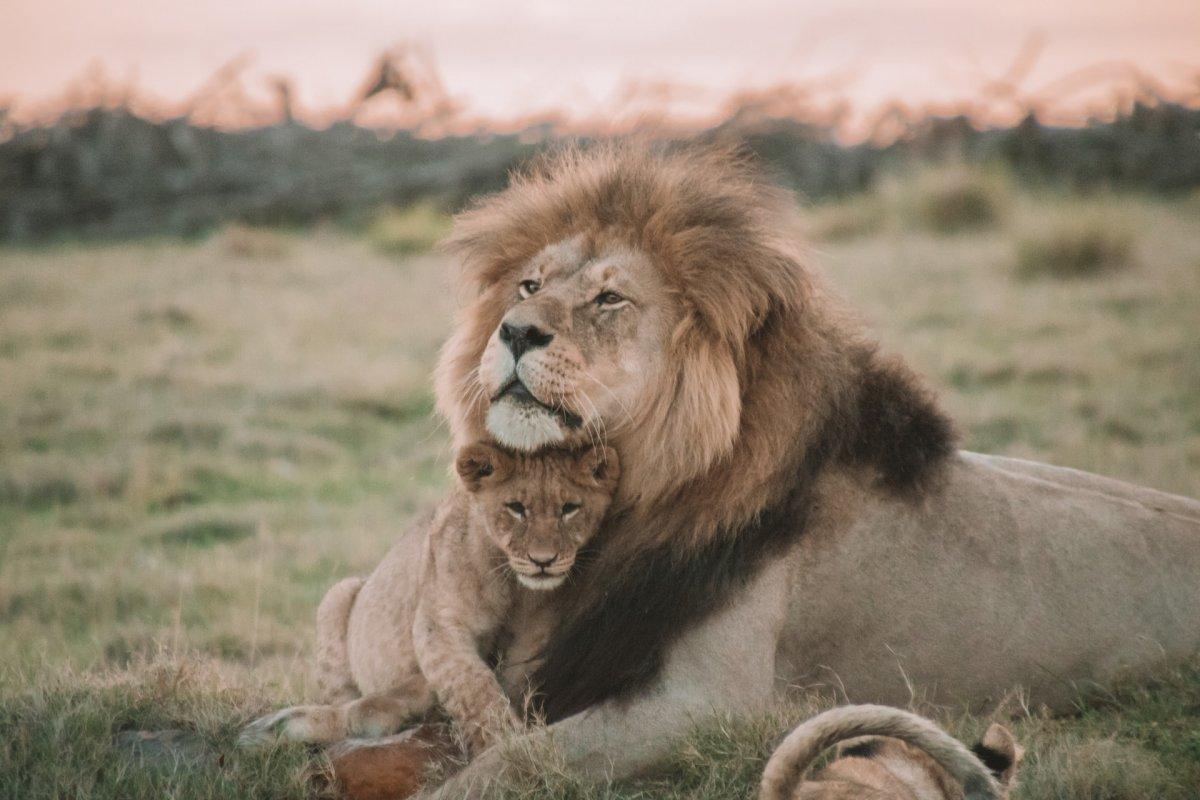
How Many Animals Native to Togo?
What is the diversity of native animals in Togo?
Let’s look at the total number of species of Chordata (mammals, birds, fishes, and reptiles).
Total number of animal species in Togo: 1,967 (14,205 in total in sub-Saharan Africa)
More About Animals in the World!
Loved these Togo animal facts? Want to see what animals live in other countries?
Then check out these posts:
Or click here to see ALL the facts up on the blog! Spoiler alert: there’s A LOT of them.
Share the knowledge! Click on the buttons below to share information about these famous animals in Togo with your friends, and help them learn more about the world 🙂
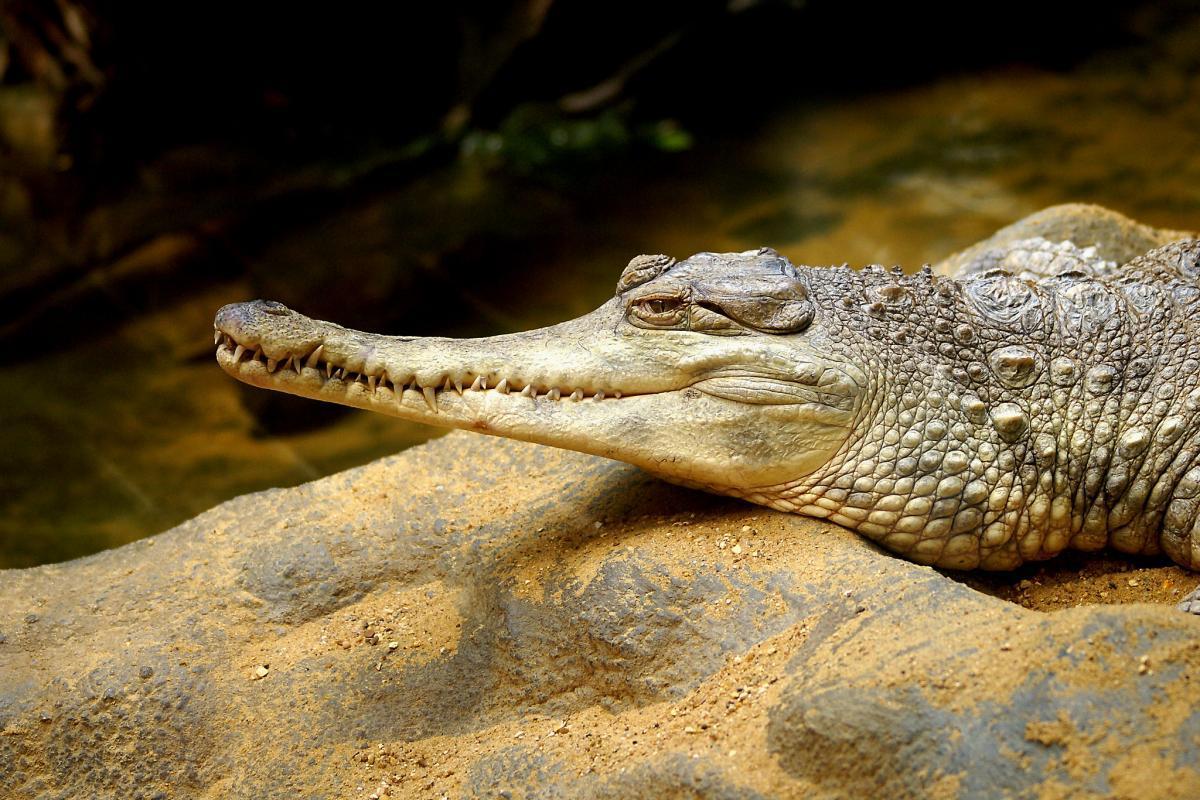
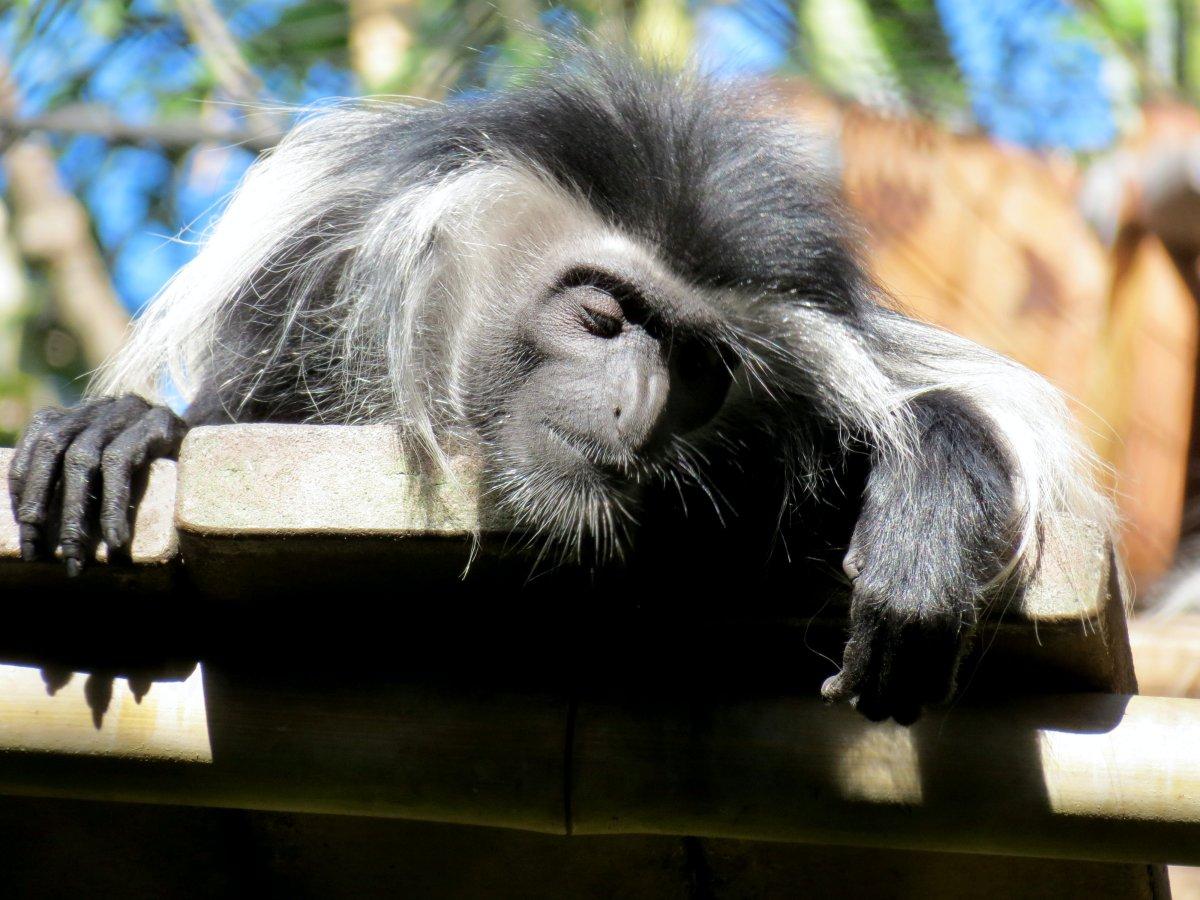
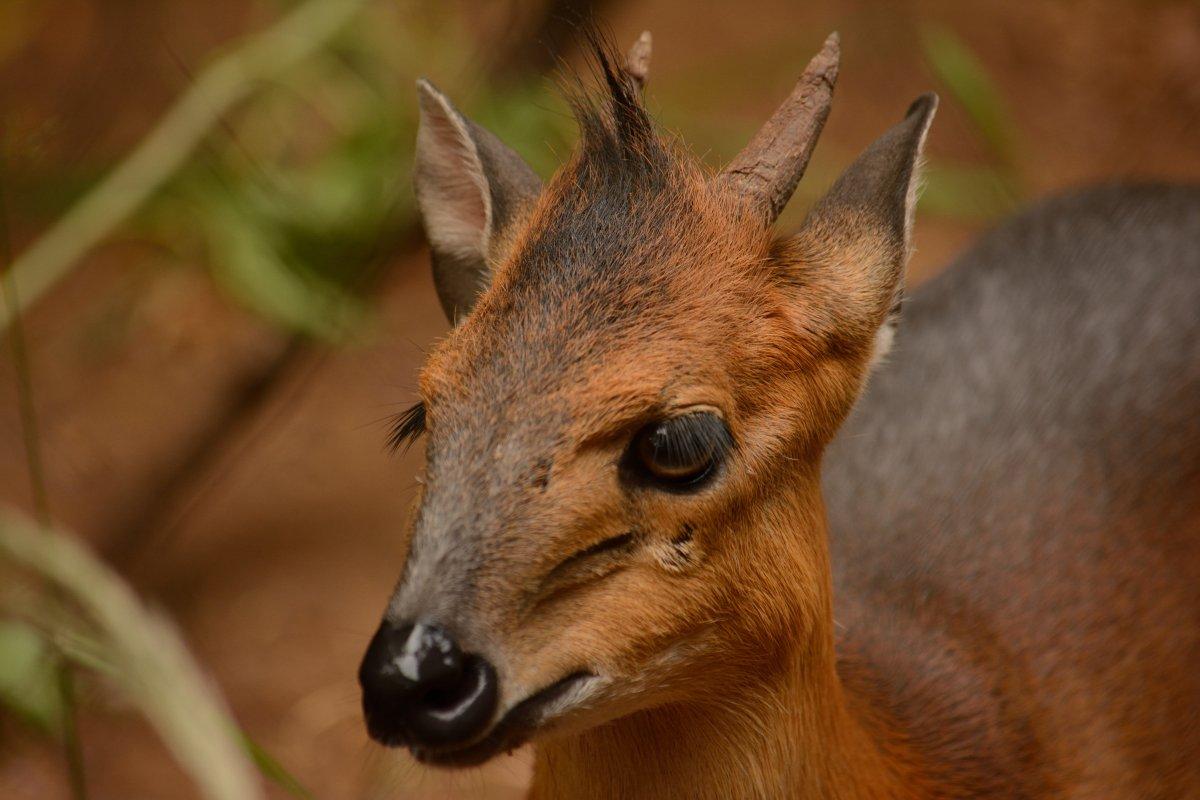

![18 Wild Animals in Nepal [Wildlife in Nepal]](https://www.kevmrc.com/wp-content/uploads/2022/12/18-wild-animals-in-nepal.jpg)
![13 Wild Animals in Yemen [Wildlife in Yemen]](https://www.kevmrc.com/wp-content/uploads/2022/11/13-wild-animals-in-yemen.jpg)
![10 Wild Animals in Kuwait [Wildlife in Kuwait]](https://www.kevmrc.com/wp-content/uploads/2022/06/10-wild-animals-in-kuwait.jpg)